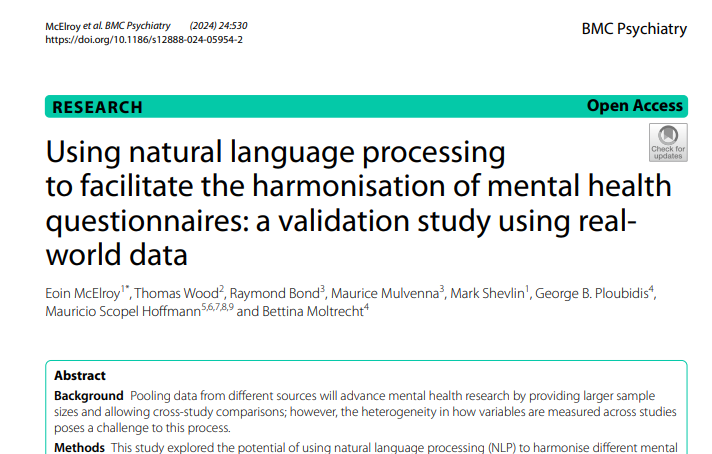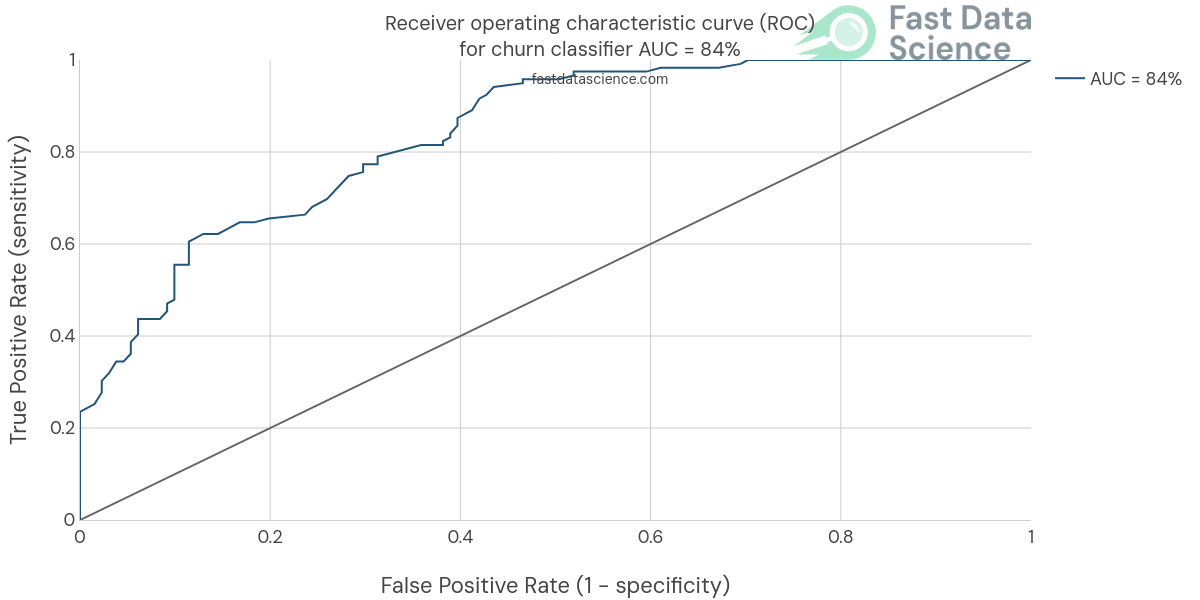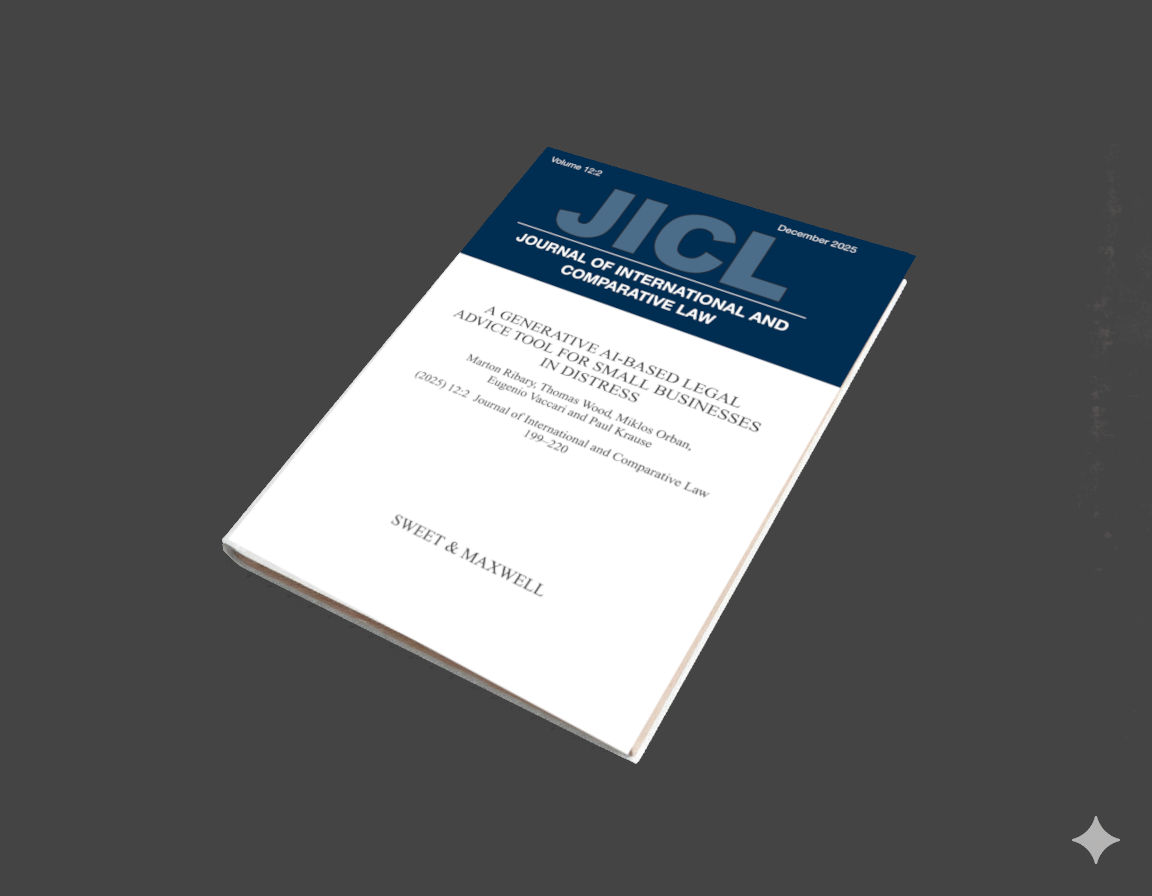
Fast Data Science has been working on the Harmony project in collaboration with UCL, Ulster University, and Universidade Federal de Santa Maria. Harmony is an open-source natural language processing tool designed to revolutionise mental health research as well as an AI research project.
We are pleased to announce the publication of a paper coming out from this collaboration, Using natural language processing to facilitate the harmonisation of mental health questionnaires: a validation study using real-world data, authored by Eoin McElroy, Thomas Wood, Raymond Bond, Maurice Mulvenna, Mark Shevlin, George B. Ploubidis, Mauricio Scopel Hofmann and Bettina Moltrecht, and published in BMC Psychiatry, which is part of Springer Nature. Our paper demonstrates Harmony’s ability to predict correlations in mental health questionnaires - how the cosine scores coming out of Harmony relate to real-world data correlations.
You can try Harmony at https://harmonydata.ac.uk
🤷 What does Harmony do?
👉 Psychologists and social scientists often have to match items in different questionnaires, such as ““I often feel anxious”” and ““Feeling nervous, anxious or afraid””.
👉 This is called harmonisation.
👉 Harmonisation is a time consuming and subjective process.
👉 Going through long PDFs of questionnaires and putting the questions into Excel is no fun.
✅ Enter Harmony, a tool that uses natural language processing and generative AI models to help researchers harmonise questionnaire items, even in different languages.
Harmony addresses a critical challenge in psychology and social sciences: harmonising text data from diverse questionnaires often found in PDF format. By leveraging AI and natural language processing, Harmony efficiently compares and aligns questionnaire items, enabling researchers to conduct longitudinal studies using datasets from multiple studies. This groundbreaking tool is helping to unlock the potential of existing data and accelerate mental health research.
Funded by Wellcome and UKRI Economic and Social Research Council, Harmony is freely available for researchers to download and customize. Join the open-source community and help shape the future of mental health research.
Unleash the potential of your NLP projects with the right talent. Post your job with us and attract candidates who are as passionate about natural language processing.
Hire NLP Experts
How can you predict customer churn using machine learning and AI? In an earlier blog post, I introduced the concept of customer churn. Here, I’d like to dive into customer churn prediction in more detail and show how we can easily and simply use AI to predict customer churn.

A generative AI-based legal advice tool for small businesses in distress We are pleased to announce the publication of our paper A generative AI-based legal advice tool for small businesses in distress, in collaboration with an interdisciplinary team based in the UK and Hungary.

Thomas Wood presents the Clinical Trial Risk Tool before the November meeting of the Clinical AI Interest Group at Alan Turing Institute The Clinical AI Interest group is a community of health professionals from a broad range of backgrounds with an interest in Clinical AI, organised by the Alan Turing Institute.
What we can do for you